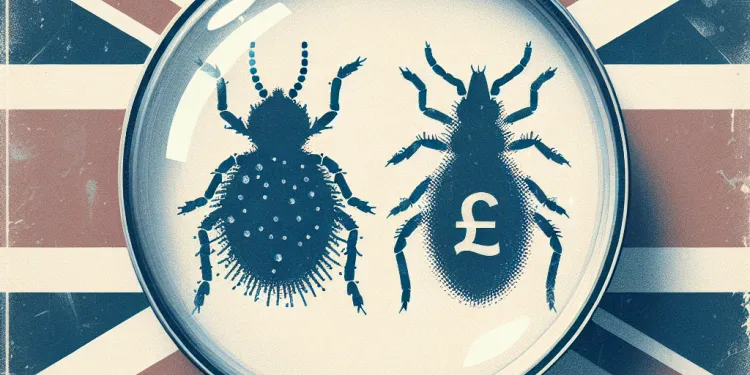
Find Help
More Items From Ergsy search
-
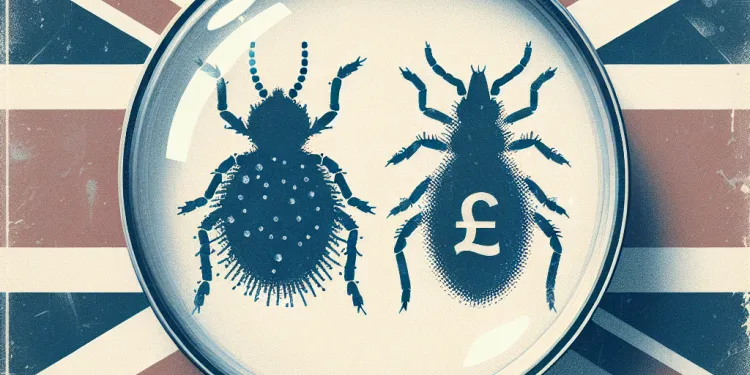
Are nits and head lice the same thing?
Relevance: 100%
-
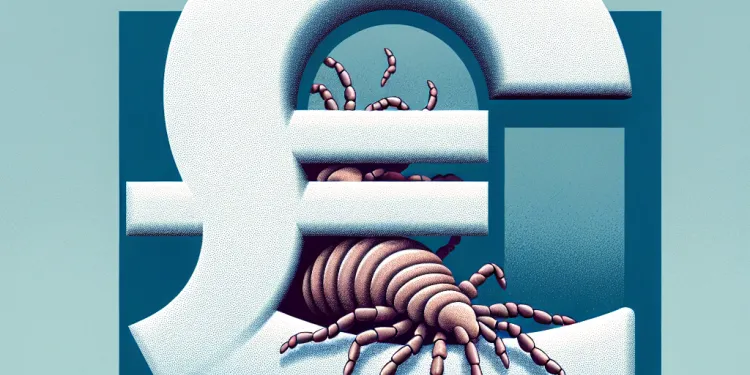
What are head lice?
Relevance: 86%
-
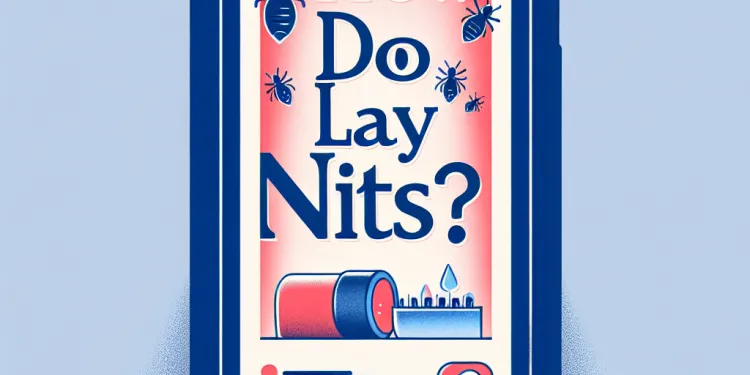
How do lice lay nits?
Relevance: 82%
-

Can nits hatch into lice?
Relevance: 79%
-

Are nits and head-lice the same thing?
Relevance: 69%
-
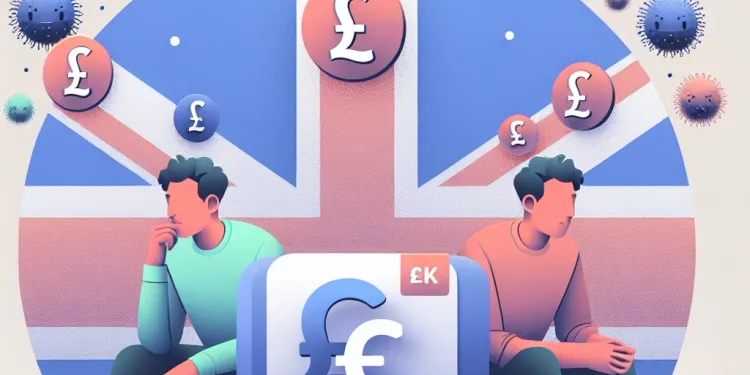
Are nits contagious?
Relevance: 67%
-

Where can nits be found?
Relevance: 64%
-
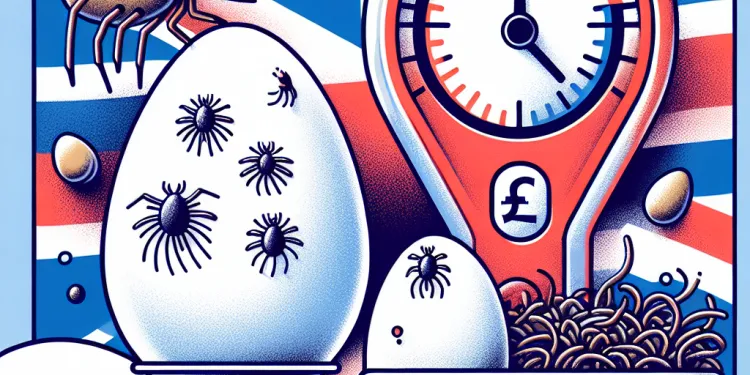
How long does it take for nits to hatch?
Relevance: 63%
-
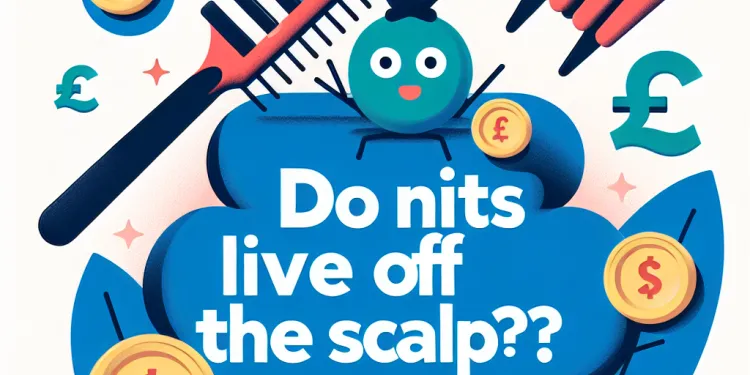
Do nits live off the scalp?
Relevance: 62%
-
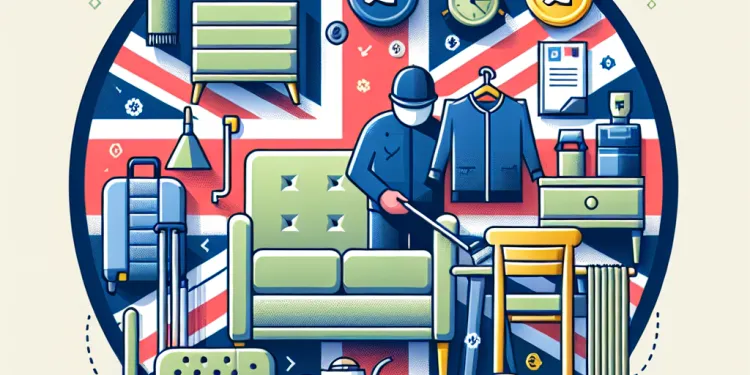
Can nits survive on furniture or clothing?
Relevance: 61%
-
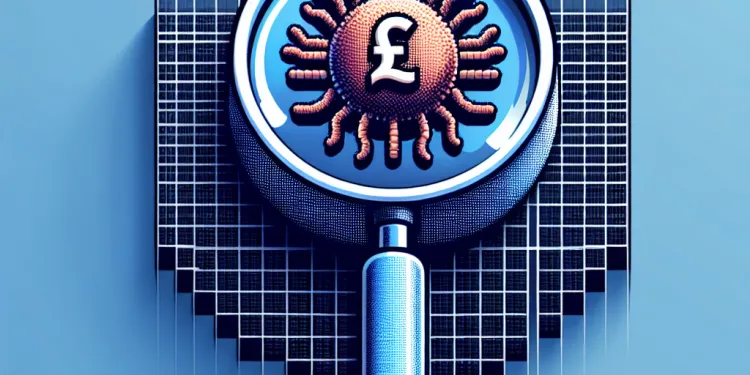
What do nits look like?
Relevance: 56%
-
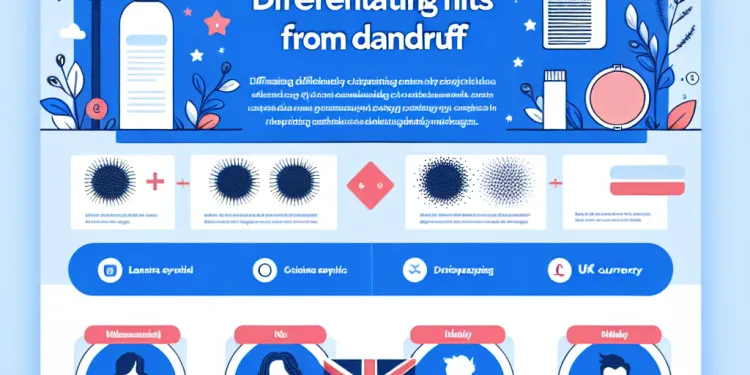
How can you differentiate nits from dandruff?
Relevance: 55%
-
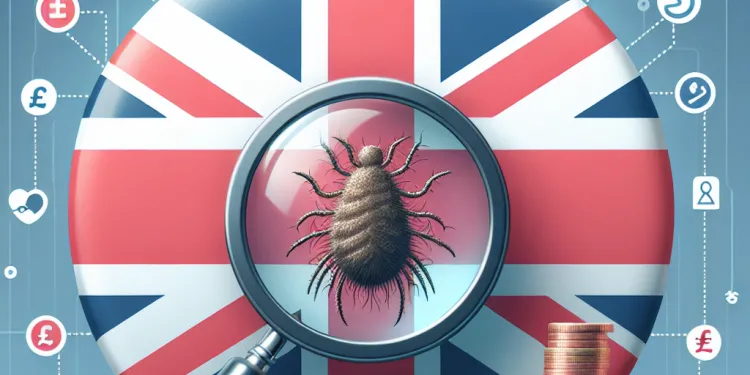
Can you get rid of nits and lice with the same treatments?
Relevance: 49%
-
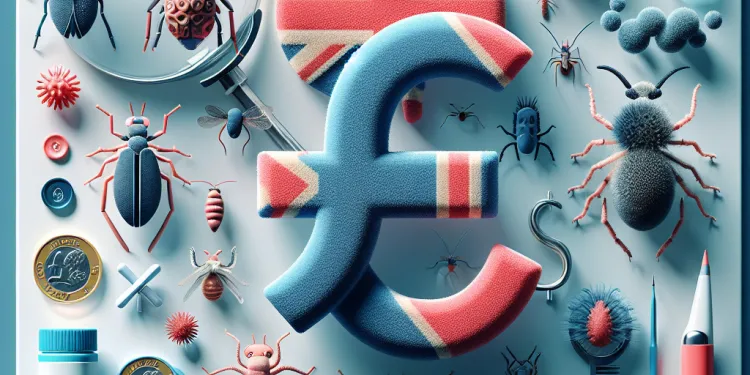
Are there different types of lice?
Relevance: 38%
-
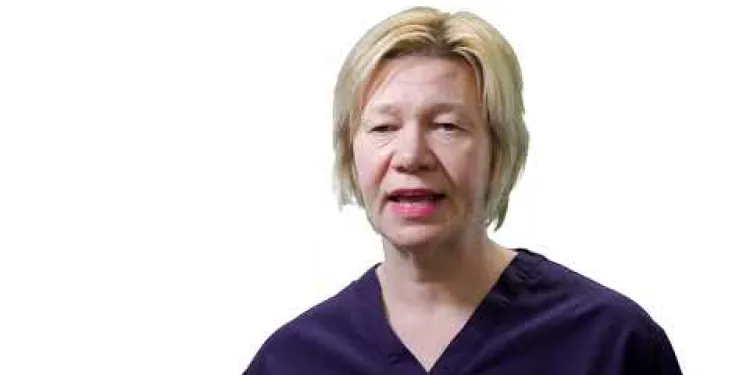
Head and Neck Cancer Diagnosis
Relevance: 27%
-
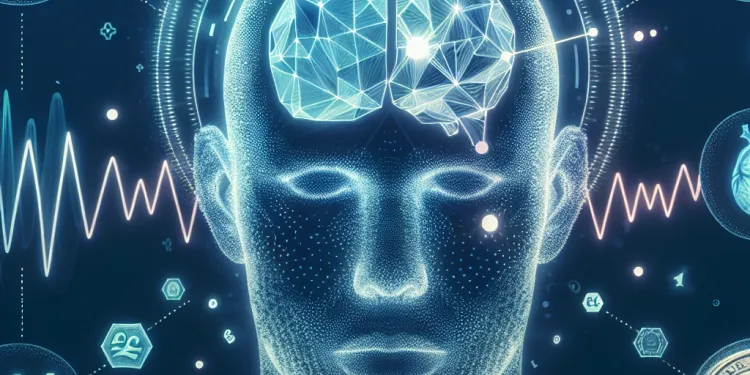
Can concussions occur without a direct blow to the head?
Relevance: 24%
-
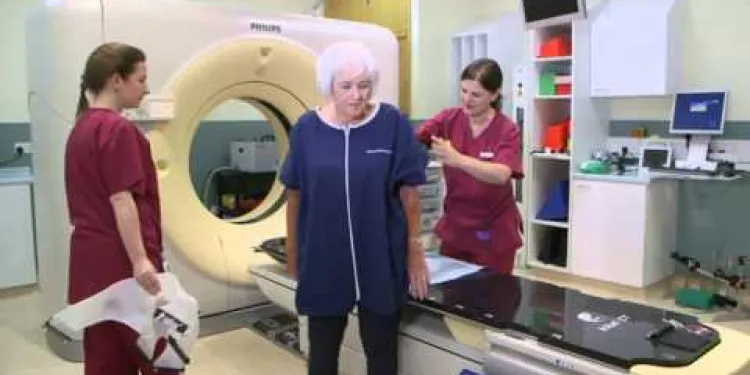
Radiotherapy to the Head and Neck: A Guide for patients and their carers
Relevance: 23%
-
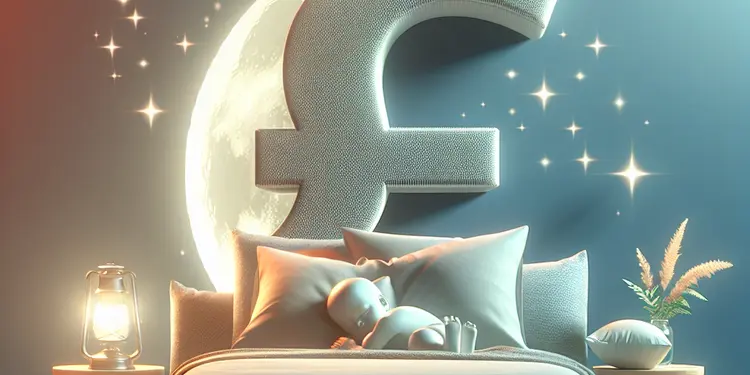
Can baby sleep pillows prevent flat head syndrome?
Relevance: 23%
-
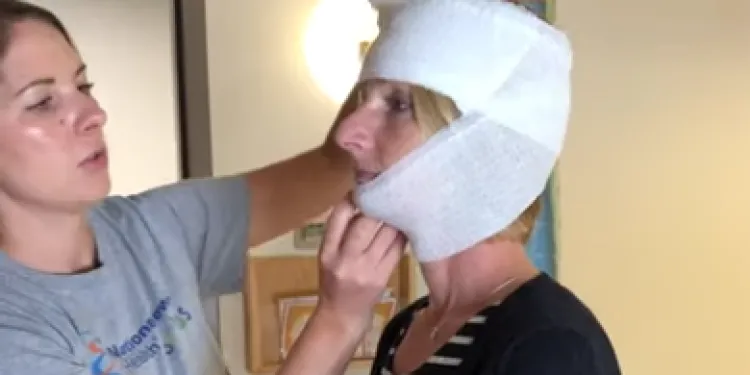
How to apply wet wrap bandaging to the head and face area.
Relevance: 20%
-
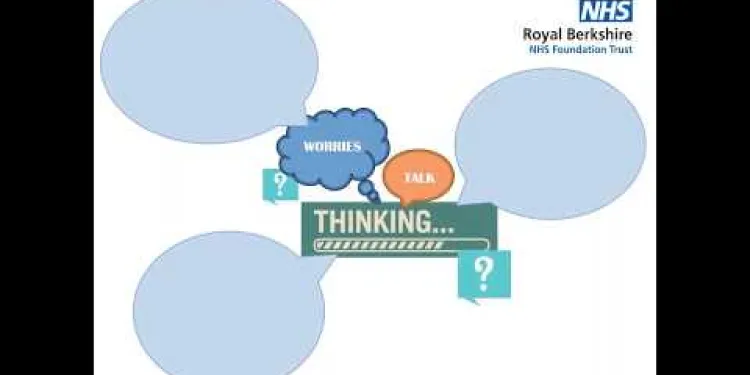
Royal Berkshire NHS Foundation Trust: Radiotherapy for head and neck cancers
Relevance: 20%
-
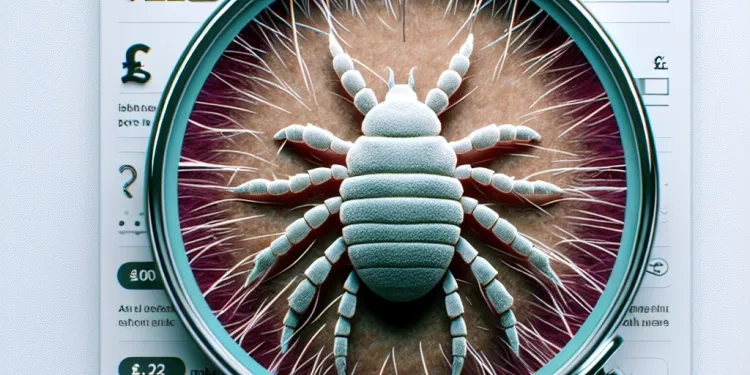
How do lice feed?
Relevance: 19%
-
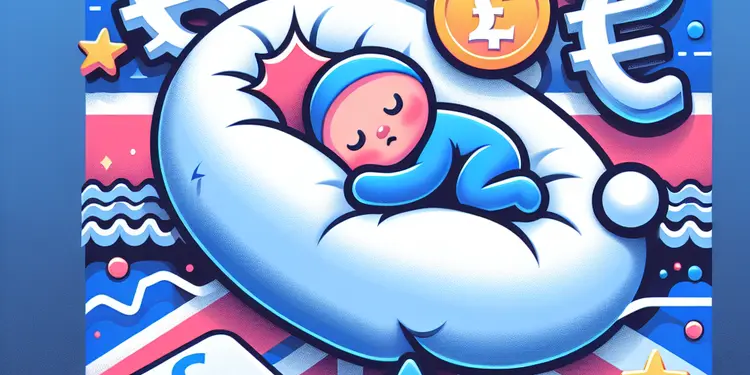
What are the risks associated with baby sleep pillows?
Relevance: 9%
-
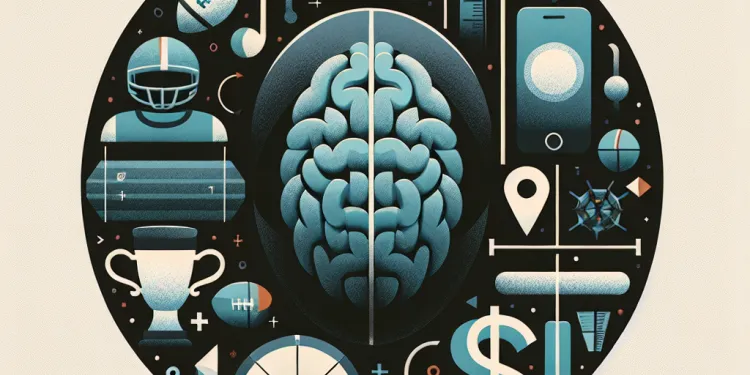
What causes concussions in rugby?
Relevance: 8%
-
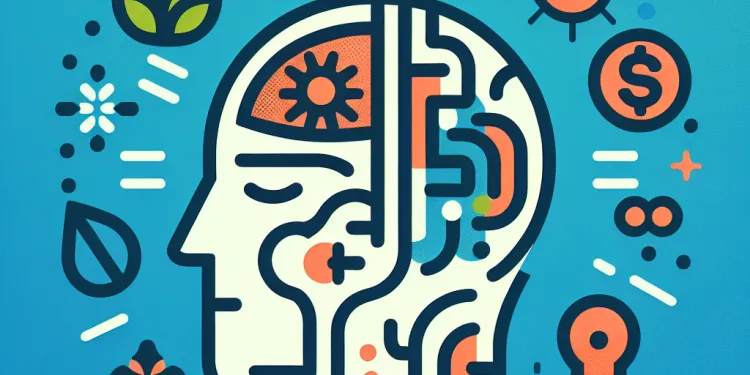
Is headache a symptom of a concussion?
Relevance: 8%
-
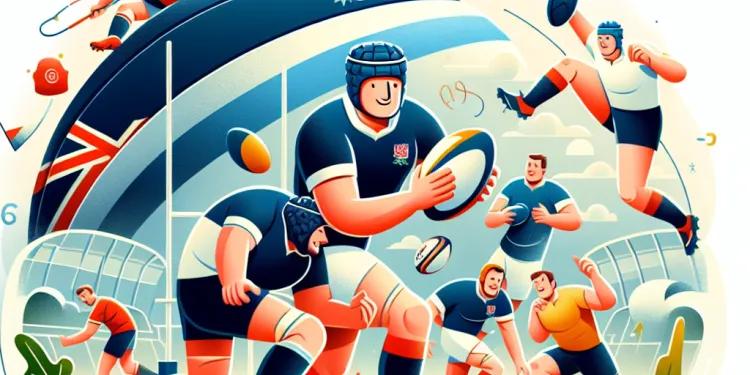
Are Concussions common in Rugby?
Relevance: 7%
-
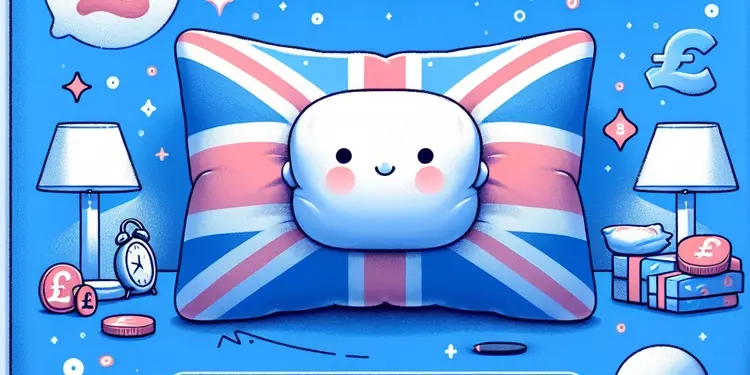
Are baby sleep pillows safe?
Relevance: 7%
-
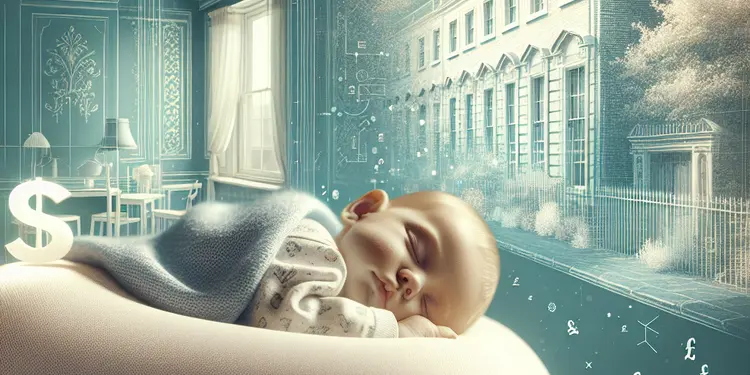
Are there any benefits to using baby sleep pillows?
Relevance: 7%
-

How is a concussion diagnosed?
Relevance: 7%
-
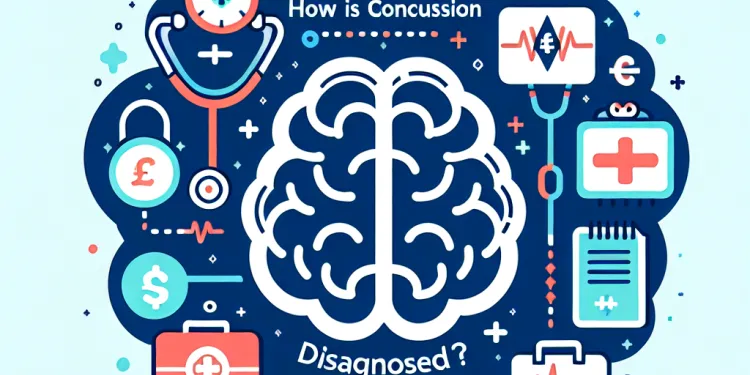
How is a concussion diagnosed?
Relevance: 7%
-
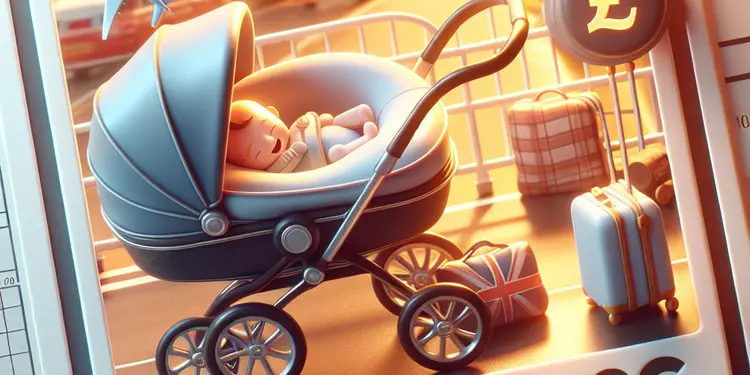
Are travel pillows for infants safe?
Relevance: 7%
-

Positioning for Breathless Patient
Relevance: 7%
-

What should I do if my baby has a preference for sleeping with a pillow?
Relevance: 7%
-
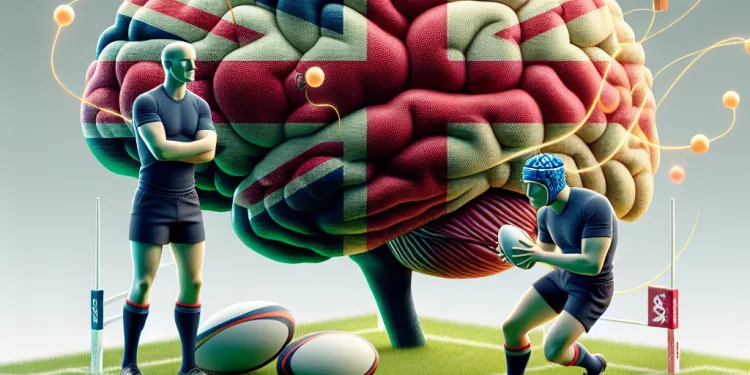
Are helmets required in rugby to prevent concussions?
Relevance: 6%
-

How Was the Church of England Established
Relevance: 6%
-

What is Concussion?
Relevance: 6%
-
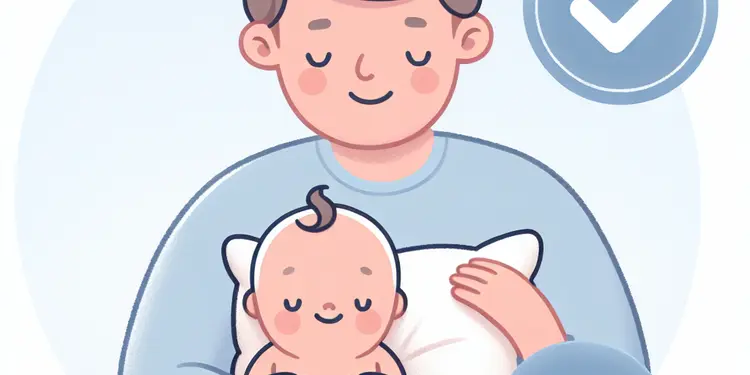
At what age is it safe for a baby to use a pillow?
Relevance: 6%
-

What causes motor neurone disease?
Relevance: 5%
-
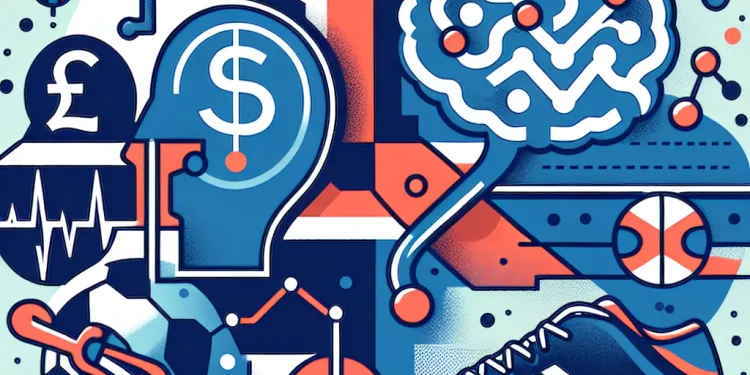
Can playing sports increase the risk of a concussion?
Relevance: 5%
-
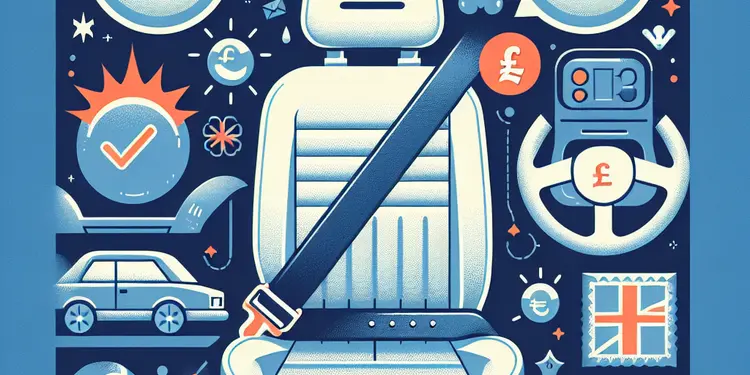
Does wearing a seatbelt prevent whiplash?
Relevance: 5%
-
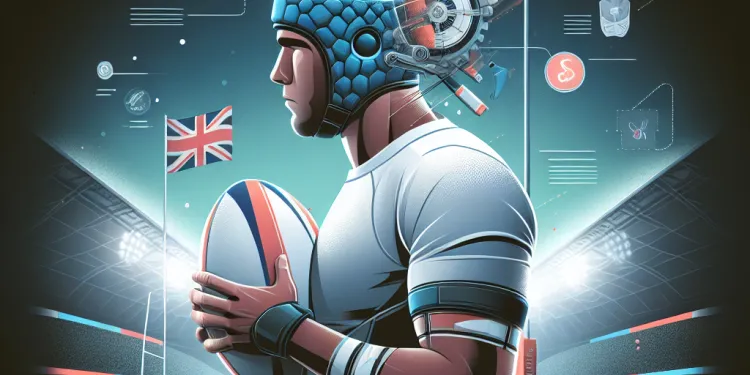
How can concussions be prevented in rugby?
Relevance: 5%
Understanding Nits and Head Lice
When discussing infestations in the hair, many people often use the terms "nits" and "head lice" interchangeably. However, while they are related, they are not the same thing. Understanding the distinction between the two is important for effective treatment and prevention, especially in environments like schools where such infestations can easily spread.
What Are Head Lice?
Head lice are tiny, parasitic insects that infest the scalp and hair. Scientifically known as Pediculus humanus capitis, these insects feed on human blood several times a day. The presence of lice can cause itching and discomfort, although they are not known to transmit any diseases. Adult lice are about the size of a sesame seed and can vary in color from white to brown and gray. They move by crawling, as they cannot fly or jump.
What Are Nits?
Nits are the eggs laid by female head lice. They are small, yellow or white in color and are firmly attached to individual hair strands near the scalp. Since they are securely bonded to the hair with a substance produced by the female louse, nits are often mistaken for dandruff or residue from hair products. Nits can be hard to spot, as they are less than a millimeter in size, but their presence is one of the first indicators of a lice infestation.
Key Differences Between Nits and Head Lice
The primary difference between nits and head lice is their life stage and appearance. Nits represent the egg stage in the life cycle of lice, while head lice are the adult stage. Identifying and differentiating between the two is crucial for effective treatment. Nits are immobile and glued to the hair, typically located closer to the scalp, while lice are mobile insects that move on the scalp and hair.
Treatment and Prevention
Tackling an infestation involves getting rid of both the adult lice and the nits to prevent re-infestation. Treatment often involves the use of medicated shampoos or lotions designed to kill lice. These products may vary in their effectiveness against nits, so it is often necessary to manually remove nits with a fine-tooth comb designed for this purpose. Regular washing of bedding and clothes, and vacuuming areas where those infested have been, will help in mitigating the spread.
Public Health Considerations
In the UK, head lice infestations are common among school-aged children due to close contact in crowded environments. The presence of nits and lice is not an indicator of poor hygiene; lice can infest anyone with hair. Therefore, awareness and understanding of these pests are vital for early detection and prevention strategies in community health management.
Understanding Nits and Head Lice
People sometimes mix up "nits" and "head lice." They are linked, but not the same. It's important to know the difference to get rid of them properly. This is especially important in places like schools where they spread easily.
What Are Head Lice?
Head lice are tiny bugs that live in hair and on the scalp. They are also called Pediculus humanus capitis. Lice eat tiny amounts of blood from the scalp. They make you itch and feel uncomfortable, but they don’t spread diseases. Adult lice are about the size of a sesame seed. They can be white, brown, or gray. Lice crawl; they can’t fly or jump.
What Are Nits?
Nits are the eggs that female lice lay. They are very small and can be yellow or white. Nits stick to hair near the scalp. It's easy to mistake them for dandruff. Nits are tiny, less than one millimeter, and hard to see. Finding nits is often the first clue that someone has lice.
Key Differences Between Nits and Head Lice
Nits and lice are different in their life stages and looks. Nits are the eggs, and lice are the grown-up insects. It’s important to tell them apart to treat lice correctly. Nits don’t move and stick to the hair. Lice move around on the scalp and hair.
Treatment and Prevention
To get rid of lice, you need to remove both lice and nits. Use special shampoos or lotions that kill lice. Sometimes, these products don’t work well on nits, so use a fine-tooth comb to take nits out of the hair. Wash bedding and clothes often. Vacuum places where the person with lice has been. This helps stop lice from spreading.
Public Health Considerations
In the UK, kids in school get head lice often because they are close together. Having lice doesn’t mean someone is dirty; lice can live in anyone’s hair. Knowing about lice helps find them early and stop them from spreading in the community.
Frequently Asked Questions
What are nits?
Nits are the eggs of head lice, which attach to hair shafts.
What are head lice?
Head lice are parasitic insects that live on the scalp and feed on human blood.
Are nits and head lice the same thing?
No, nits refer to the eggs of head lice, while head lice are the insects themselves.
How can I differentiate between nits and head lice?
Nits are tiny, oval-shaped eggs attached to hair shafts, while head lice are small, wingless insects that crawl on the scalp.
Can nits hatch into head lice?
Yes, nits eventually hatch into nymphs, which mature into adult head lice.
Where are nits usually found?
Nits are usually found close to the scalp where it is warm, which is necessary for incubation.
Are nits contagious?
Nits themselves are not contagious, but if they hatch, the resulting lice can spread.
How long does it take for nits to hatch?
Nits typically hatch within 7 to 10 days.
How do head lice spread?
Head lice spread primarily through direct head-to-head contact with an infested person.
Can you have nits without having head lice?
Finding nits means there was an infestation, even if live lice are not currently found.
How do you remove nits from hair?
Nits can be removed using a fine-toothed nit comb, often after applying a lice treatment.
Are nits a sign of poor hygiene?
No, nits and lice can affect anyone, regardless of personal hygiene.
What do nits look like?
Nits are small, oval, and typically white or yellowish in color, firmly attached to hair shafts.
Can head lice be treated?
Yes, head lice can be treated with over-the-counter or prescription treatments and thorough combing.
Do nits live on bedsheets?
Nits do not detach from the hair easily, so they are less likely to be found on bedsheets compared to lice.
How do you know if nits are dead?
Dead nits may be darker or appear flattened and are easier to remove from the hair.
Why are nits hard to get rid of?
Nits are difficult to remove because they are firmly attached to the hair and resistant to many treatments.
Can pets get nits or lice from humans?
No, human head lice and nits do not infest animals.
Why might nits persist after lice treatment?
Nits may persist if they have not yet hatched or if treatment was not applied properly.
How often should I check for nits during an infestation?
It is recommended to check for nits and lice every few days during an infestation to ensure treatment effectiveness.
What are nits?
Nits are tiny eggs from head lice. Head lice are little bugs that live in hair. Nits stick to hair and look like tiny white dots. To see them better, use a bright light and a comb.
It can help to ask a grown-up to check your hair if it's hard for you to see. You can also use a magnifying glass to make things look bigger.
Nits are tiny eggs from head lice. They stick to your hair.
What are head lice?
Head lice are tiny bugs. They live in hair on your head. They are very small and hard to see.
Helpful tips:
- Use a magnifying glass to see them better.
- Ask an adult to help you check for lice.
Head lice are tiny bugs. They live in our hair. They eat a little bit of blood from our heads.
Are nits and head lice the same thing?
Nits and lice are not the same, but they are related. Lice are tiny bugs that live in your hair. Nits are the eggs that lice lay. Nits are stuck to hair and look like tiny white dots. You need both hands to pull them out.
If you want to know more or need help, ask a grown-up or use a magnifying glass to look closely at the hair.
No, nits are the eggs of head lice. Head lice are the tiny bugs.
How can I tell the difference between nits and head lice?
Head lice are tiny bugs that live in hair. Nits are the eggs of these bugs.
Here are some tips to help you:
- Look for movement: Lice move. Nits stay in one place.
- Check the color: Nits are small and white or yellow. Lice are brown or grey and bigger than nits.
- Use a comb: A special comb can help you see lice and nits in the hair.
- Ask for help: A grown-up can help you check the hair.
It is important to check the whole head carefully. Use good light so you can see well.
Nits are tiny eggs stuck to hair. They look like little ovals. Head lice are tiny bugs that crawl on the scalp. They don't have wings and they can't fly.
Do nits turn into head lice?
Nits are baby head lice. They grow into big head lice. Use a comb to check your hair.
Yes, nits (tiny eggs) hatch into baby lice called nymphs. These nymphs then grow up to become adult lice.
Where do you find nits?
Nits are tiny eggs from head lice.
You can find nits:
- In hair, close to the scalp.
- Behind the ears.
- At the back of the neck.
Use a special comb or ask an adult for help to look for nits.
Nits are tiny eggs that stick close to the scalp because it is warm there. They need warmth to grow.
Can you catch nits?
Nits are tiny eggs. Nits can't spread to others. But when they hatch, they become lice. Lice can move to other people's hair.
How long until nits hatch?
Nits are the eggs of lice.
Nits usually hatch in about 7 to 10 days.
You can use a calendar to count the days.
A magnifying glass can help you see nits better.
Nits are tiny eggs. They usually hatch in 7 to 10 days.
How do head lice spread?
Head lice are tiny bugs that live in hair. They move from one person's head to another. This can happen when people are very close together or when they share things like hats, brushes, or pillows. To avoid getting lice, try not to share these items.
Helpful tips:
- Use your own brush or comb.
- Keep your hair ties and hats separate.
- If you have long hair, keep it tied up.
Head lice are tiny bugs that live in hair. They spread mostly when one person's head touches another person's head who has lice.
Can you have nits without having head lice?
Nits are tiny eggs from lice. Lice are small bugs that live in hair.
It is very rare to have nits without having lice.
If you find nits in your hair, you probably have lice too.
To check for lice, use a fine-tooth comb.
Ask a grown-up to help you look closely at your hair.
Finding nits means there have been lice, even if you don't see any live ones now.
How do you get rid of nits from hair?
Nits are tiny eggs from lice. They stick on hair.
Follow these steps to get rid of nits:
- Use a special comb called a nit comb. It's a fine-toothed comb.
- Wash hair with a lice shampoo. Follow the instructions on the bottle.
- Comb wet hair with the nit comb. Do it over the sink or bathtub.
- Check the hair again after a few days to make sure nits are gone.
Things that can help:
- Ask an adult or friend to help you with the combing.
- Use bright light to see nits better.
- Be patient, it takes time.
You can get rid of nits with a special comb. This comb has tiny teeth that are close together. It helps to use it after using medicine for lice.
Do nits mean someone is dirty?
No, anyone can get nits and lice. It does not matter how clean you are.
What do nits look like?
Nits are tiny eggs from head lice. They are very small and can be hard to see. Nits look like tiny yellow or white dots. They stick to hair close to the scalp.
If you need help seeing nits, you can use a magnifying glass. A bright light can also help you see them better.
Nits are tiny and look like small, round eggs. They are usually white or light yellow. They stick tightly to hair.
Can we get rid of head lice?
Yes, you can get rid of head lice.
You might need some help from a grown-up. There are special shampoos and combs that work well. You can use them to wash and comb out the lice and eggs from your hair.
Yes, you can treat head lice with special medicine from the store or from the doctor. You also need to comb hair carefully.
Can nits live on bedsheets?
Nits are tiny eggs from head lice. They stick to hair. Nits usually stay on your head.
Sometimes, nits might fall off. But they do not live on bedsheets. They need warmth from your head to grow.
To stay clean, wash your sheets often. Use hot water. This helps to remove nits and lice.
If you think you have lice, you can use a special comb. It removes lice and nits from your hair.
Ask an adult for help if you need it. You can also ask a doctor or pharmacist for other treatments. They can give good advice.
Nits are hard to get off hair, so they are not usually on bedsheets. Lice are more likely to be there.
How can you tell if nits are dead?
Dead nits are old lice eggs. They might look darker or flatter. They are easier to take out of hair.
Why are head lice hard to get rid of?
Head lice are small bugs that live in hair. They lay tiny eggs called nits.
Here are some reasons why nits are hard to get rid of:
- Nits stick to hair: Nits are glued to the hair and do not fall off easily.
- Hard to see: Nits are very small and can be the same color as hair.
- Fast growing: Lice grow quickly and lay more eggs.
Tips to help:
- Comb hair with a special nit comb.
- Wash hair with special shampoo made for lice.
- Check hair often for nits and lice.
Ask a grown-up or use these tools to help get rid of lice!
Nits are tiny eggs from lice. They stick to hair and are hard to get rid of. Many treatments do not work well on them.
You can use a fine-toothed comb to help remove nits. It's also good to ask an adult for help.
Can pets get nits or lice from people?
Pets, like cats and dogs, cannot get nits or lice from people.
The lice that live on people are not the same as those that live on pets.
Each type of lice stays on its own host.
If you have questions, ask an adult or a vet for help.
No, head lice and nits from humans do not live on animals.
Why are nits still there after lice treatment?
Sometimes nits (head lice eggs) don't go away because they haven't hatched yet or the treatment wasn't used the right way.
How many times should I look for nits when there are lice?
You should look for nits, or lice eggs, every day if someone has lice. This will help you remove them quickly. Use a special fine comb to help. A magnifying glass or extra light can also make it easier to see them.
It is good to look for nits and lice every few days if someone has lice. This helps make sure the treatment is working.
Useful Links
- Ergsy carfully checks the information in the videos we provide here.
- Videos shown by Youtube after a video has completed, have NOT been reviewed by ERGSY.
- To view, click the arrow in centre of video.
- Most of the videos you find here will have subtitles and/or closed captions available.
- You may need to turn these on, and choose your preferred language.
- Go to the video you'd like to watch.
- If closed captions (CC) are available, settings will be visible on the bottom right of the video player.
- To turn on Captions, click settings .
- To turn off Captions, click settings again.
More Items From Ergsy search
-

Are nits and head lice the same thing?
Relevance: 100%
-

What are head lice?
Relevance: 86%
-

How do lice lay nits?
Relevance: 82%
-

Can nits hatch into lice?
Relevance: 79%
-

Are nits and head-lice the same thing?
Relevance: 69%
-

Are nits contagious?
Relevance: 67%
-

Where can nits be found?
Relevance: 64%
-

How long does it take for nits to hatch?
Relevance: 63%
-

Do nits live off the scalp?
Relevance: 62%
-

Can nits survive on furniture or clothing?
Relevance: 61%
-

What do nits look like?
Relevance: 56%
-

How can you differentiate nits from dandruff?
Relevance: 55%
-

Can you get rid of nits and lice with the same treatments?
Relevance: 49%
-

Are there different types of lice?
Relevance: 38%
-

Head and Neck Cancer Diagnosis
Relevance: 27%
-

Can concussions occur without a direct blow to the head?
Relevance: 24%
-

Radiotherapy to the Head and Neck: A Guide for patients and their carers
Relevance: 23%
-

Can baby sleep pillows prevent flat head syndrome?
Relevance: 23%
-

How to apply wet wrap bandaging to the head and face area.
Relevance: 20%
-

Royal Berkshire NHS Foundation Trust: Radiotherapy for head and neck cancers
Relevance: 20%
-

How do lice feed?
Relevance: 19%
-

What are the risks associated with baby sleep pillows?
Relevance: 9%
-

What causes concussions in rugby?
Relevance: 8%
-

Is headache a symptom of a concussion?
Relevance: 8%
-

Are Concussions common in Rugby?
Relevance: 7%
-

Are baby sleep pillows safe?
Relevance: 7%
-

Are there any benefits to using baby sleep pillows?
Relevance: 7%
-

How is a concussion diagnosed?
Relevance: 7%
-

How is a concussion diagnosed?
Relevance: 7%
-

Are travel pillows for infants safe?
Relevance: 7%
-

Positioning for Breathless Patient
Relevance: 7%
-

What should I do if my baby has a preference for sleeping with a pillow?
Relevance: 7%
-

Are helmets required in rugby to prevent concussions?
Relevance: 6%
-

How Was the Church of England Established
Relevance: 6%
-

What is Concussion?
Relevance: 6%
-

At what age is it safe for a baby to use a pillow?
Relevance: 6%
-

What causes motor neurone disease?
Relevance: 5%
-

Can playing sports increase the risk of a concussion?
Relevance: 5%
-

Does wearing a seatbelt prevent whiplash?
Relevance: 5%
-

How can concussions be prevented in rugby?
Relevance: 5%


